Imagine an ancient world where gods walk beside mortals, heroes wrestle with fate, and a devastating flood threatens to erase humanity itself. This is not just a distant legend—it’s the heart of the Epic of Gilgamesh, one of humanity’s oldest and most electrifying tales. This story, carved onto cuneiform tablets over four thousand years ago, still pulses with life, emotion, and mystery. It’s a tale that grips your imagination, tugging you through the wilds of Mesopotamia while whispering secrets about the dawn of civilization, the power of nature, and the eternal search for meaning. If you’ve ever wondered where our fascination with epic floods and heroic journeys began, you’re about to step into the floodwaters yourself.
The Birth of an Epic: Origins in Ancient Mesopotamia
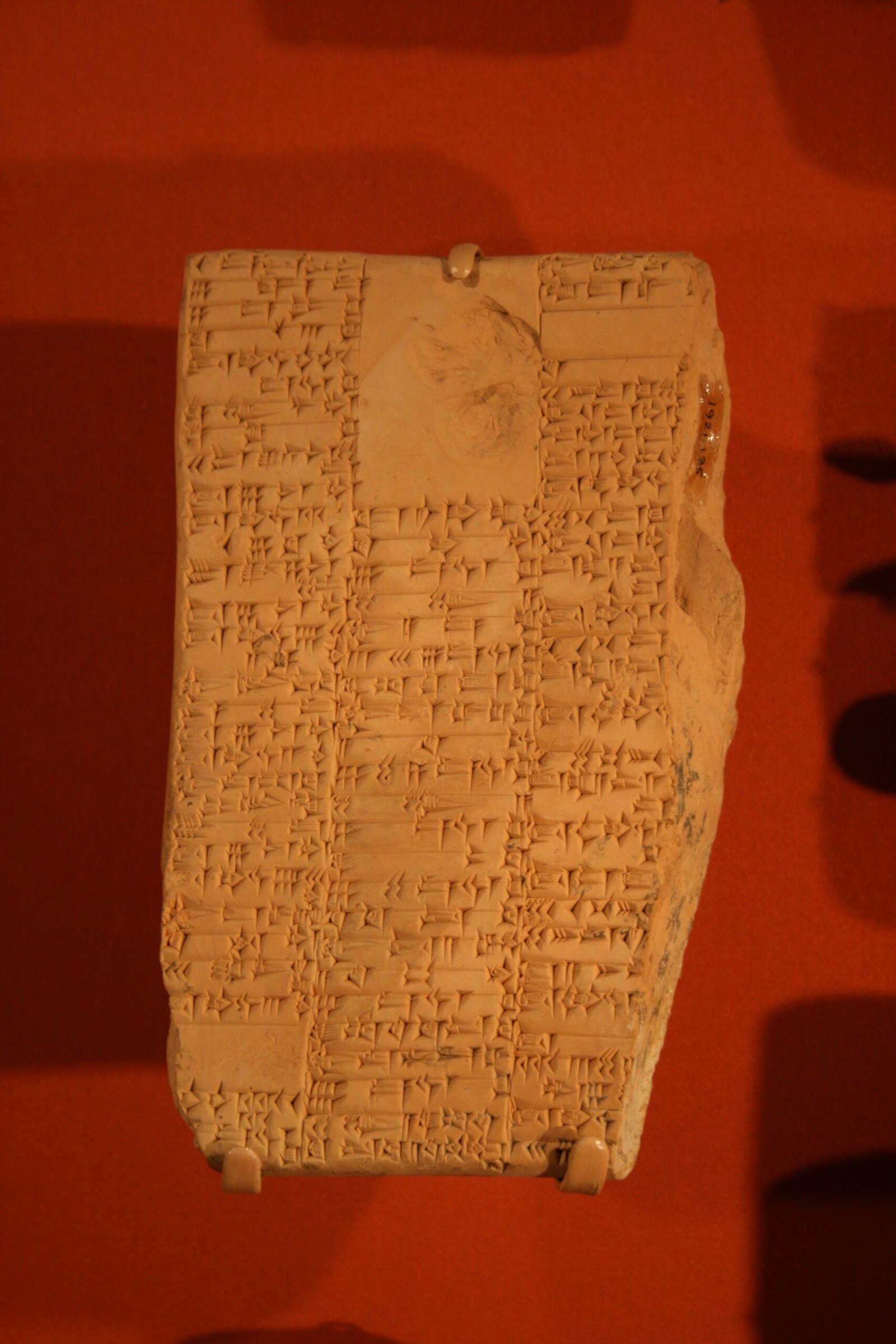
The Epic of Gilgamesh was born in the bustling cities of ancient Mesopotamia, an area often called the “cradle of civilization.” This land, wedged between the mighty Tigris and Euphrates rivers, flourished with culture, innovation, and myth. Around 2100 BCE, Sumerian scribes began etching the legend of Gilgamesh on clay tablets, preserving stories that had likely been told for generations. What’s fascinating is how these early city-dwellers used storytelling not just for entertainment, but as a way to make sense of their unpredictable world. The epic grew and changed over centuries, eventually forming the version that captivates us today. It’s almost poetic to think that this ancient narrative has survived—sometimes in shattered fragments—through the rise and fall of empires, still able to stir the imagination of anyone who reads it.
Who Was Gilgamesh? King, Hero, and Legend
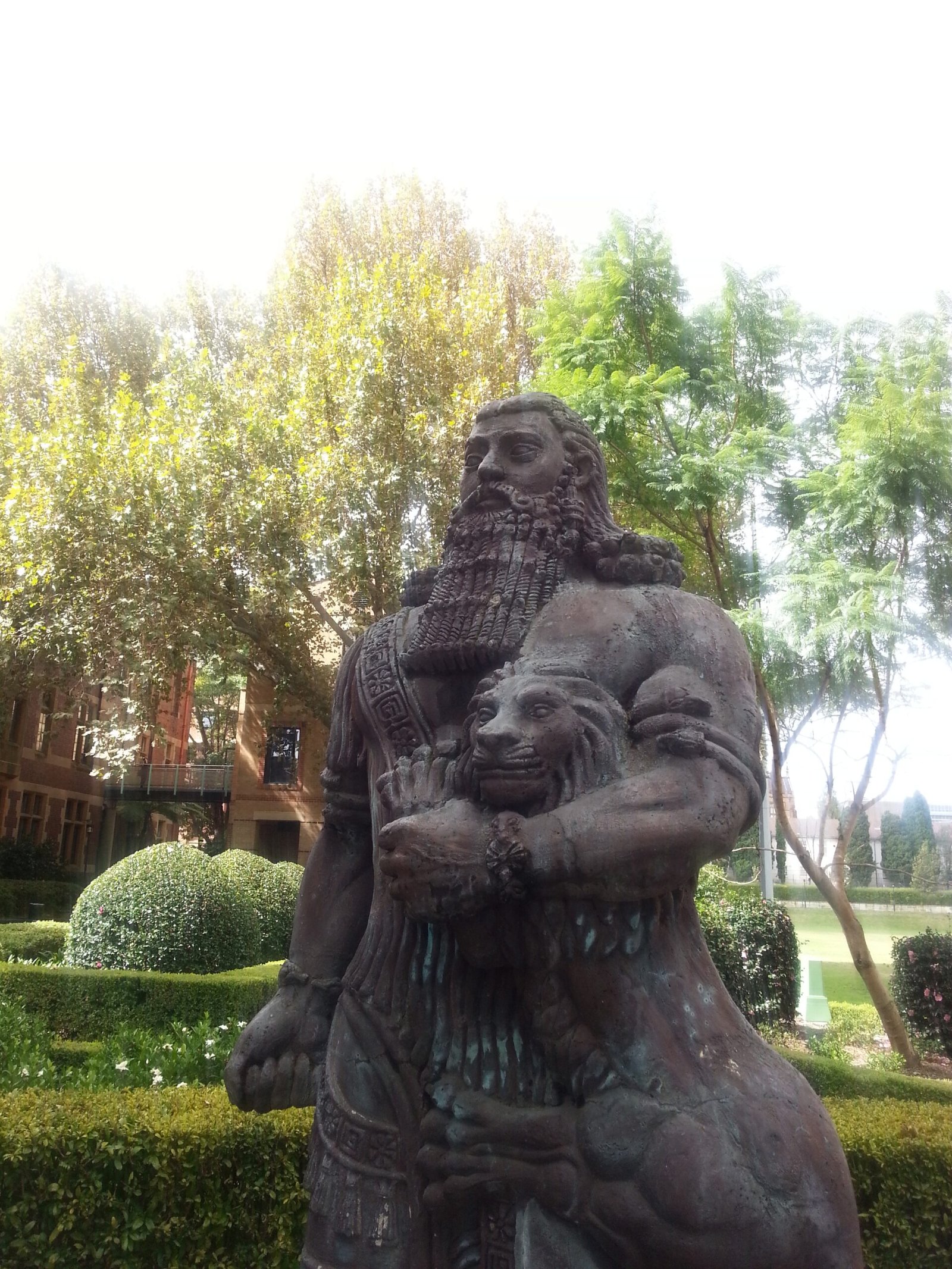
Gilgamesh himself is a figure shrouded in both history and myth. He’s described as two-thirds divine and one-third human—a king of Uruk, famed for his unmatched strength and restless spirit. But he’s not just a typical hero; he’s complicated, sometimes arrogant, and often tormented by the questions that haunt us all: Why do we suffer? What does it mean to be mortal? The epic follows his journey from a tyrannical ruler to a wiser, more compassionate man. It’s easy to see why he’s been called the world’s first superhero, but unlike modern caped crusaders, Gilgamesh’s struggles are deeply human.
The World of Mesopotamia: A Landscape of Rivers and Ruins
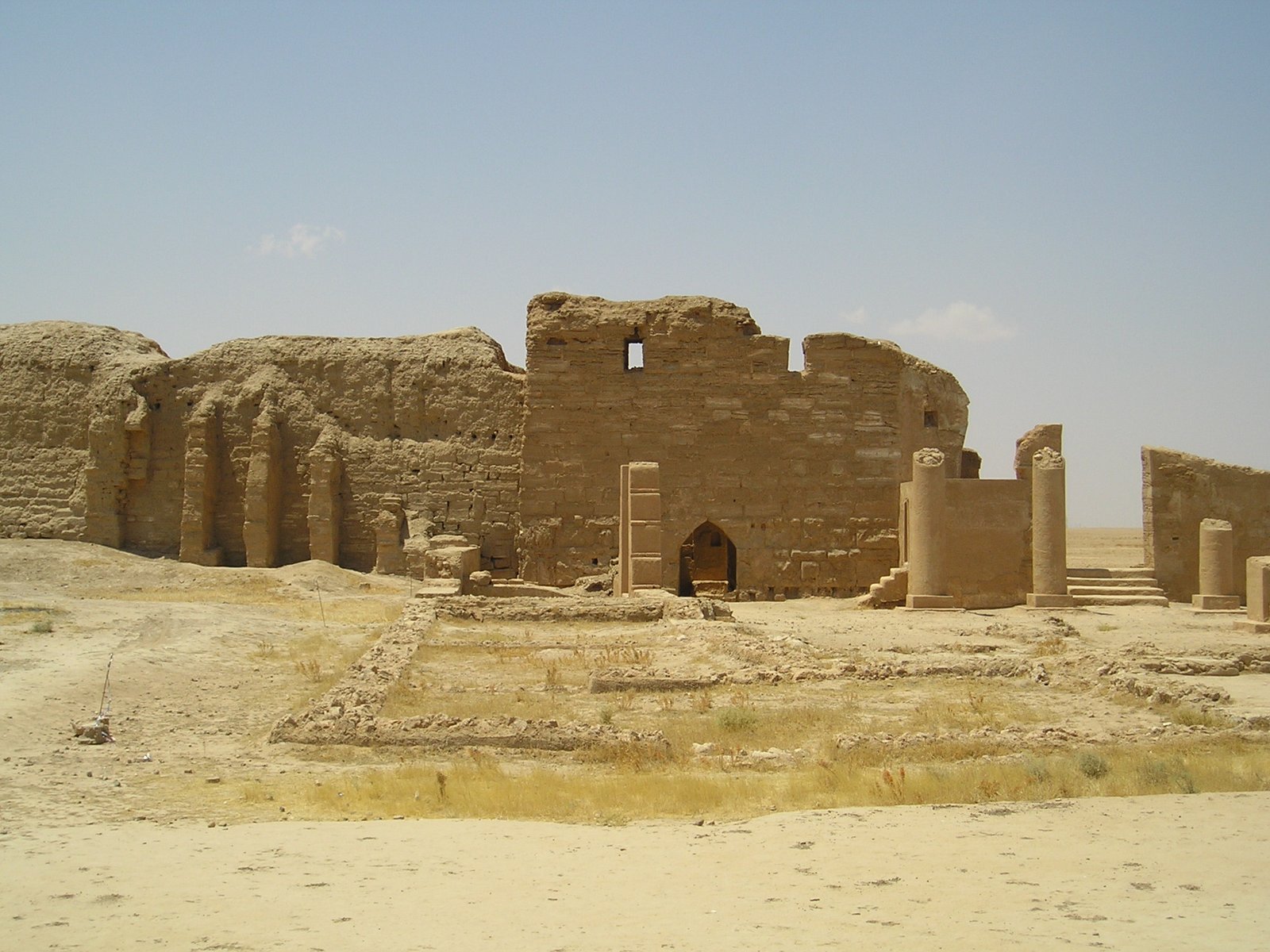
Imagine walking through Uruk, Gilgamesh’s city, with its towering walls and bustling markets. Mesopotamia’s landscape was both a blessing and a curse. The rivers brought life but could also unleash destruction in the form of unpredictable floods. People here lived in constant conversation with nature, building irrigation canals and temples, always aware that the gods could undo their hard work in an instant. This connection to the land seeps into every line of the epic. When the flood comes, it’s not just a story—it’s a memory of survival, carved into the heart of a civilization.
The Unlikely Friendship: Gilgamesh and Enkidu
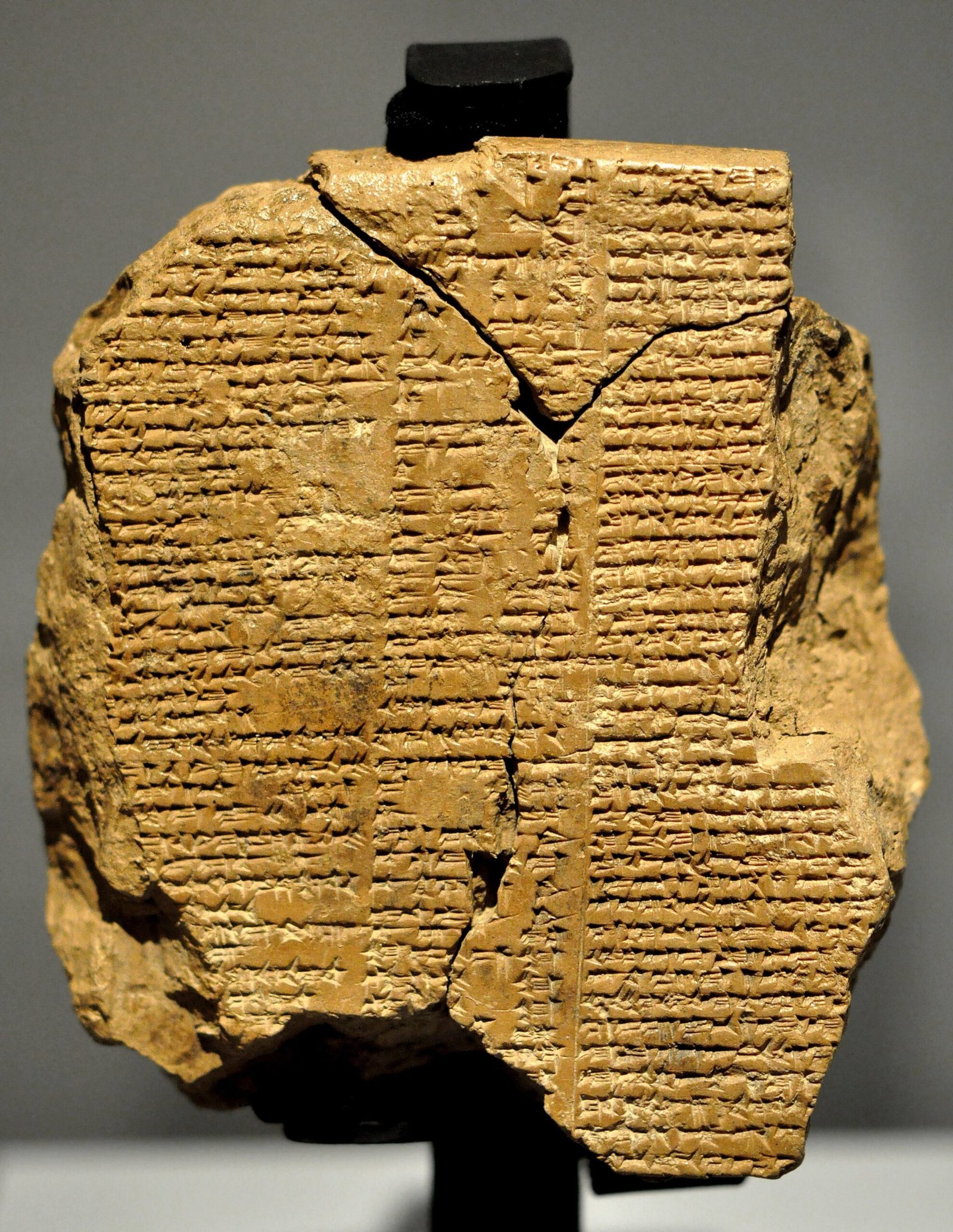
At the core of the epic is a remarkable friendship between Gilgamesh and Enkidu, a wild man created by the gods to challenge the king’s arrogance. Their bond is intense, almost electric, transforming both men. Enkidu teaches Gilgamesh humility, while Gilgamesh introduces Enkidu to the world of men. Their adventures together—slaying monsters, defying the gods—are thrilling, but it’s their emotional journey that resonates. When Enkidu dies, Gilgamesh’s grief is raw and overwhelming, sparking his quest for immortality. This friendship reminds us how deeply we crave connection, and how loss can propel us to seek answers beyond ourselves.
The Mesopotamian Flood: A Cataclysmic Event

The flood story within the Epic of Gilgamesh is nothing short of breathtaking. It begins with the gods deciding to wipe out humanity, frustrated by their noise and disobedience. Utnapishtim, a wise man, is warned to build a massive boat—an ark—saving his family and animals from the deluge. The storm rages, drowning the world and leaving only Utnapishtim and his precious cargo alive. This tale is not just a story; it’s a memory of real floods that shaped Mesopotamian life. Recent research suggests that massive floods did indeed sweep through this region, and it’s easy to see how such disasters would become woven into the fabric of myth.
Echoes Across the Ages: Parallels with Other Flood Myths
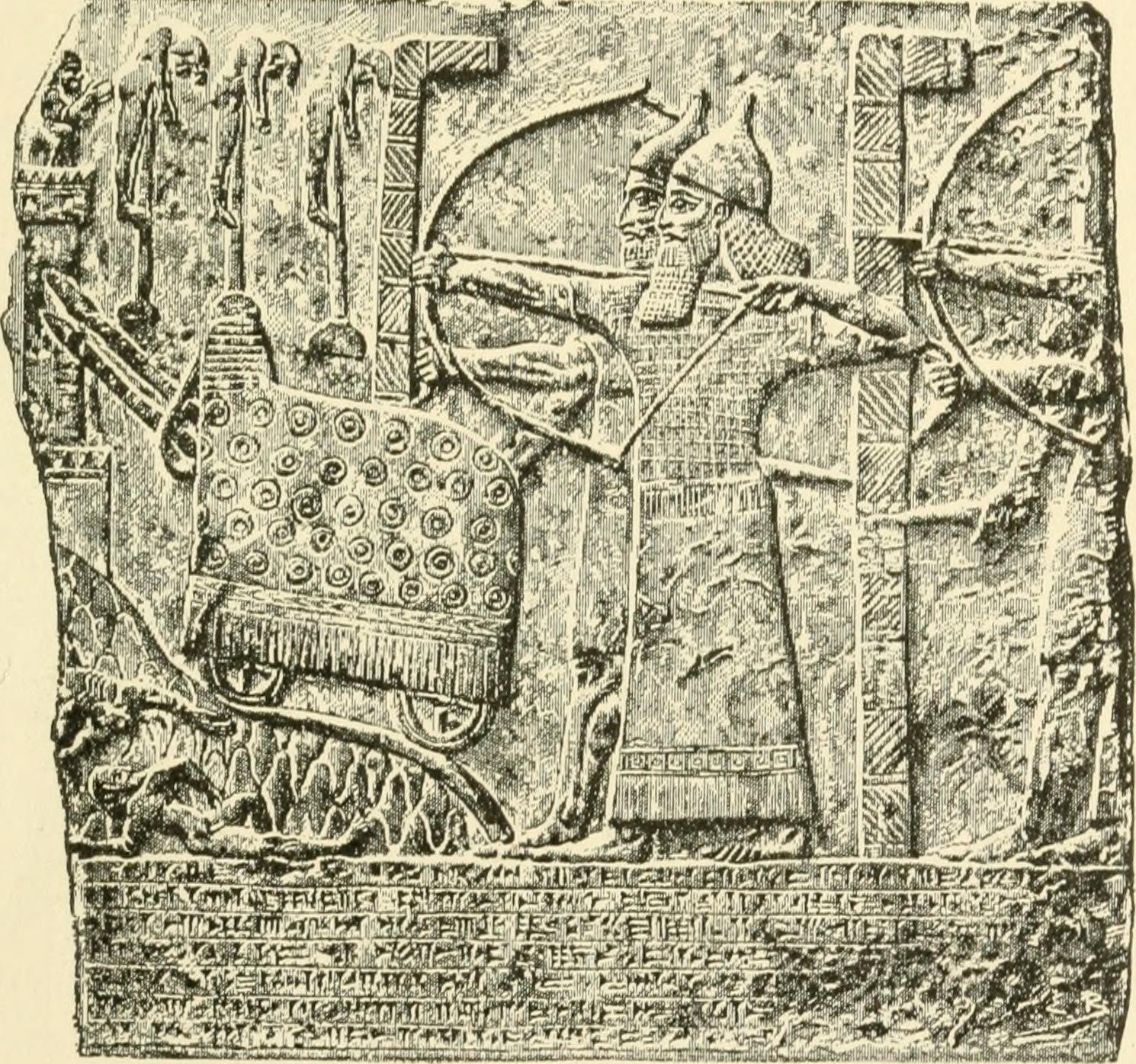
It’s almost shocking how closely the flood story in Gilgamesh mirrors later tales, especially the biblical story of Noah’s Ark. Both feature a chosen man, divine warning, a boat, and the release of birds to find dry land. Even the emotional beats—the fear, the hope, the relief—are uncannily similar. These parallels have led scholars to wonder how stories traveled across cultures, morphing and adapting as they went. It’s a reminder that humanity’s biggest fears and hopes are universal, echoing across continents and centuries.
Writing on Clay: The Art of Cuneiform Tablets
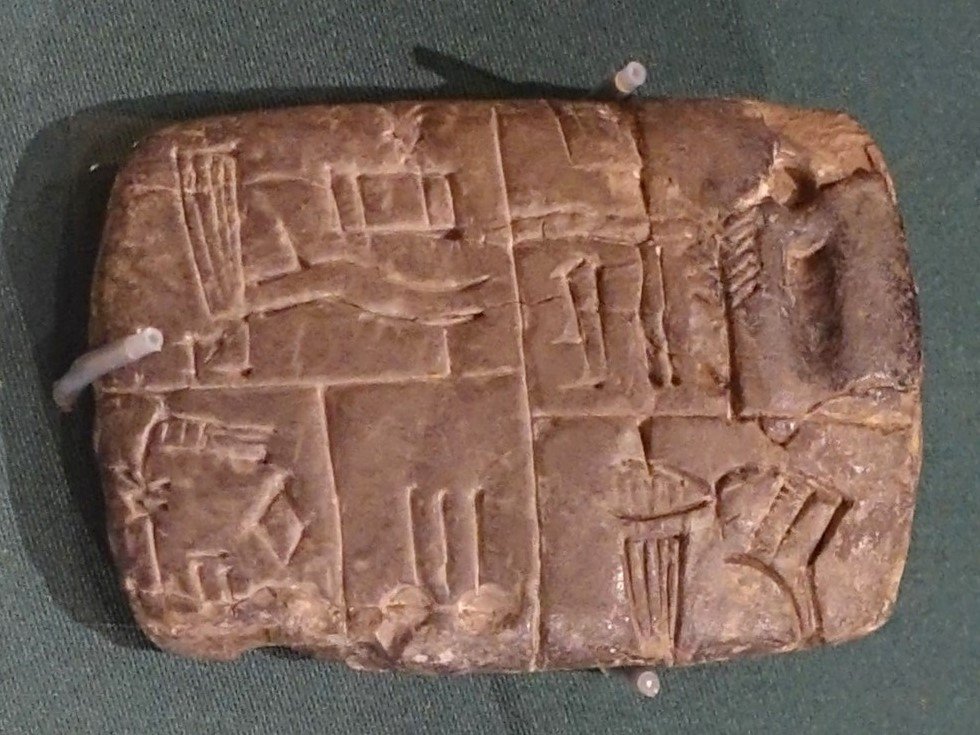
The Epic of Gilgamesh comes to us through cuneiform, one of humanity’s earliest writing systems. Imagine pressing a reed stylus into a soft clay tablet, carving wedge-shaped marks that would later harden into a permanent record. These tablets were durable, but not indestructible—many were shattered or lost to time. The discovery of the epic in the ruins of Nineveh in the 19th century was nothing less than a miracle, piecing together a story nearly lost to the ages. Holding a cuneiform tablet feels like touching the hand of an ancient scribe, sharing in their wonder and fear.
Gods and Mortals: The Divine Drama of Mesopotamia
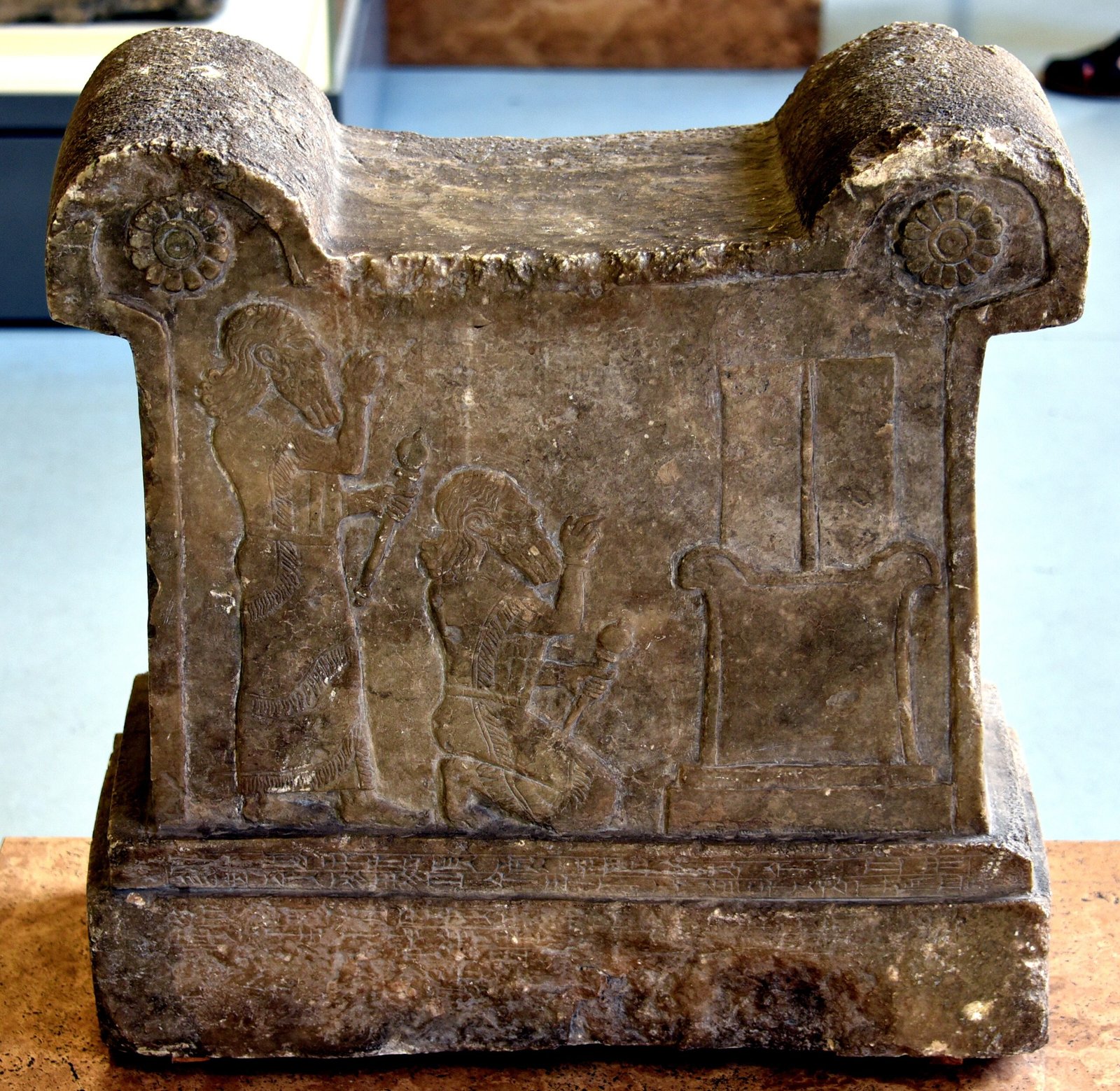
The gods in Gilgamesh are anything but distant—they’re moody, passionate, and deeply involved in human affairs. They argue, fall in love, and sometimes act out of jealousy or spite. Ishtar, the goddess of love and war, plays a pivotal role, unleashing the Bull of Heaven when Gilgamesh rejects her advances. The flood itself is sparked by divine frustration. This tangled web of relationships between gods and mortals mirrors the unpredictability of life itself, where fate can shift in an instant. It’s a world where humans are never truly in control, but always striving to make sense of the chaos.
Mortality and the Search for Immortality
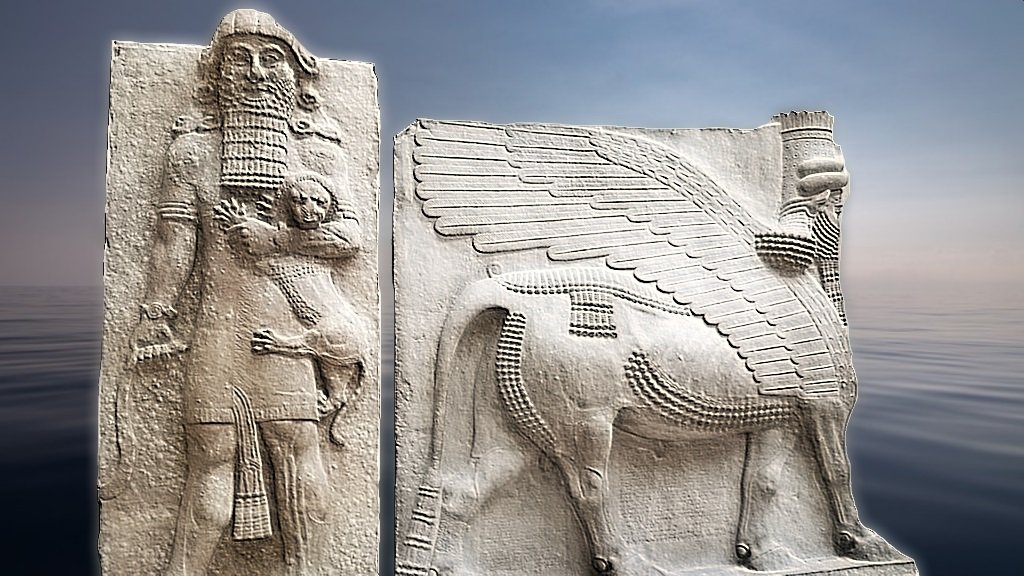
After losing Enkidu, Gilgamesh is consumed by fear of death. His quest leads him to seek Utnapishtim, the survivor of the flood, hoping to learn the secret of eternal life. This journey is perilous, filled with monsters and tests, but it’s his internal struggle that stands out. Gilgamesh’s realization that immortality is out of reach is both heartbreaking and liberating. The epic doesn’t offer easy answers, but it does suggest that meaning comes from embracing our own humanity, fleeting though it may be.
Nature’s Fury and Human Resilience
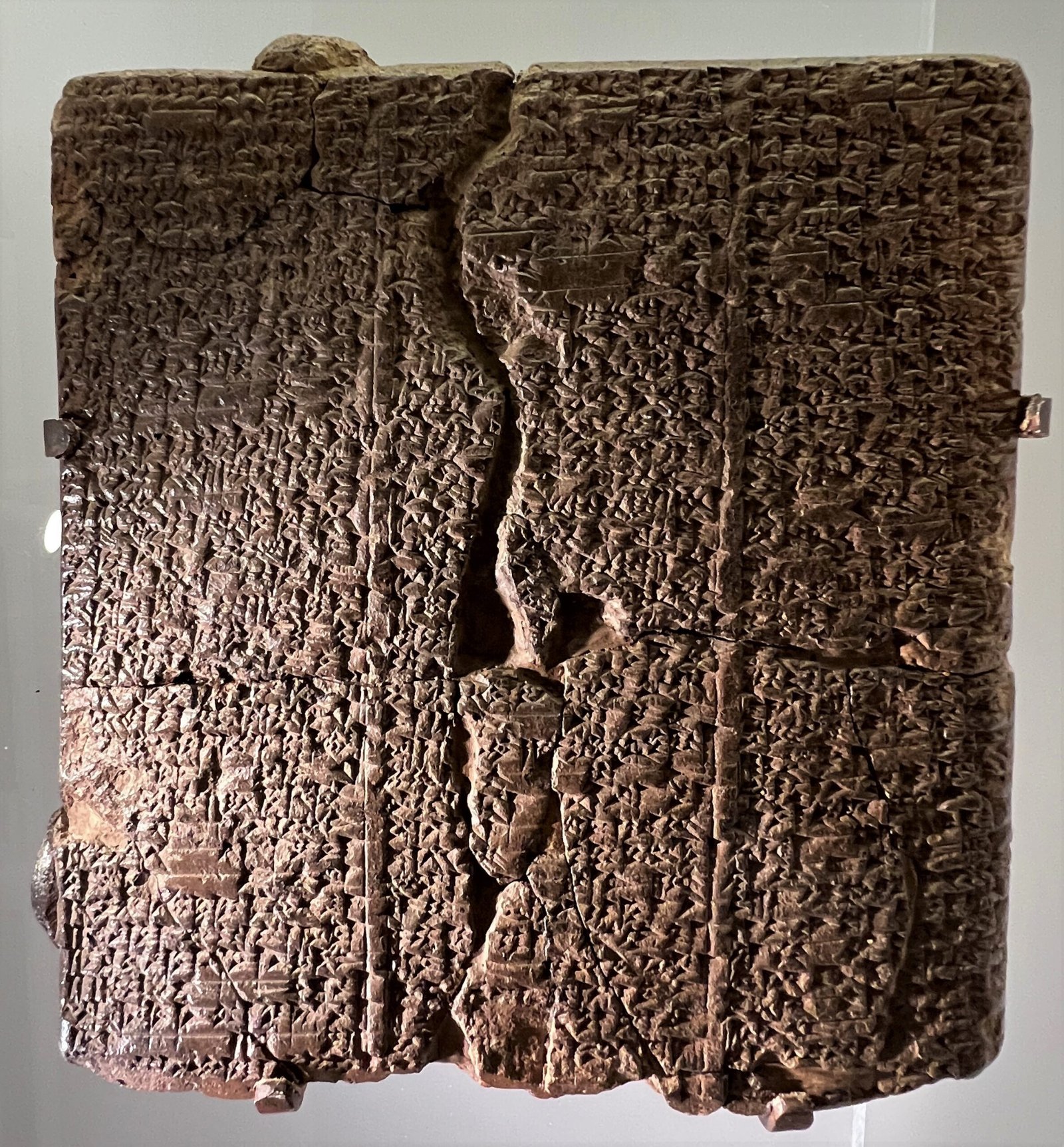
Nature in the Epic of Gilgamesh is both beautiful and terrifying. The flood is the ultimate symbol of this double-edged sword—water that gives life can also take it away. The people of Mesopotamia respected and feared the rivers, building their societies around their unpredictable cycles. The epic captures this tension perfectly, showing how humans adapt, survive, and rebuild in the face of disaster. It’s a story that still feels painfully relevant, especially as we face our own battles with climate and catastrophe.
Symbolism of the Flood: Cleansing, Punishment, Renewal
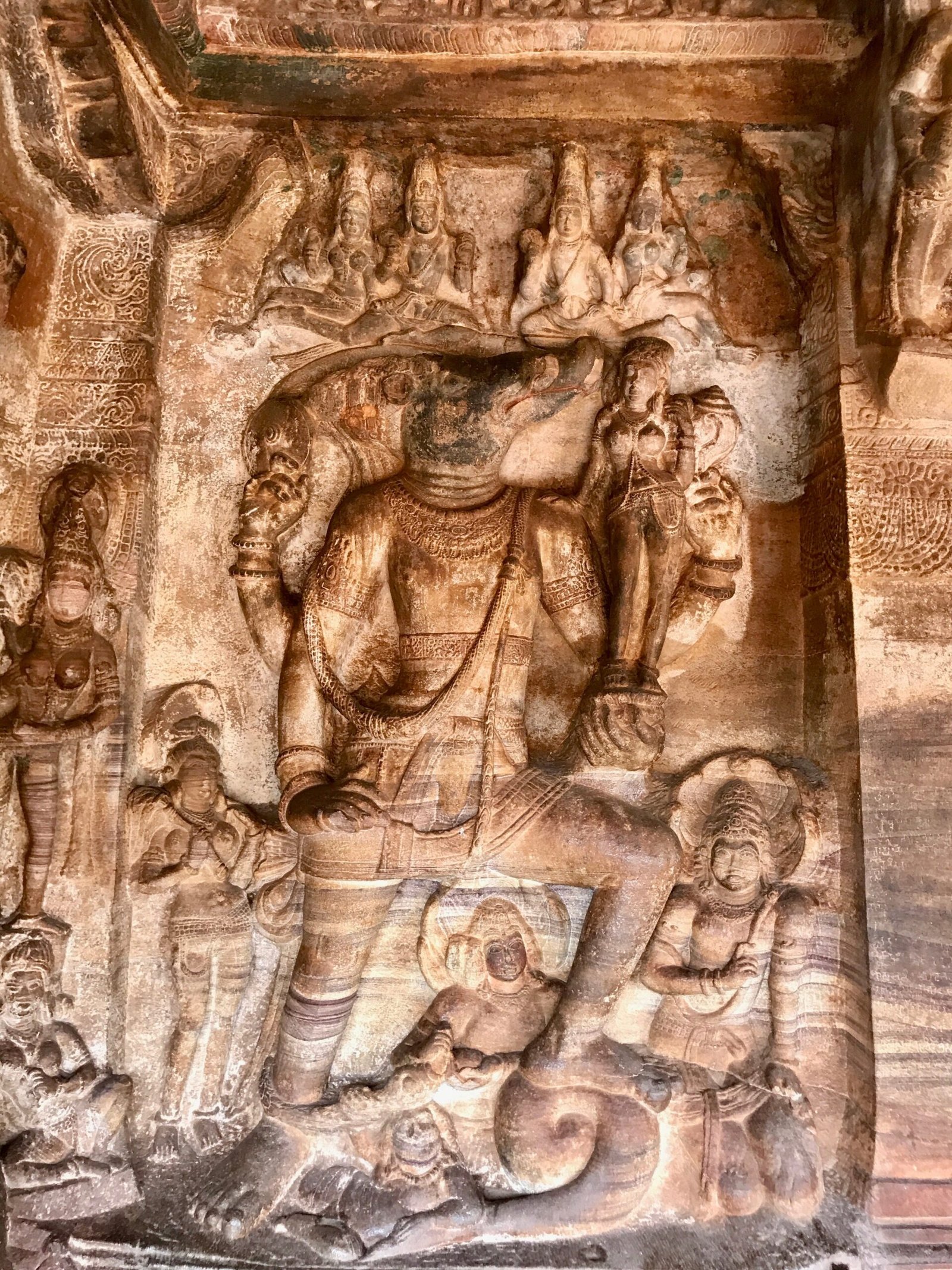
The flood in Gilgamesh is layered with meaning. On one hand, it’s a punishment—the gods’ way of wiping the slate clean. On the other, it’s an act of renewal, making room for a new beginning. This duality is echoed in many cultures, where floods symbolize both destruction and hope. For the survivors, the water’s retreat marks a fresh start, a chance to build something better. It’s a powerful metaphor for change, reminding us that even in the darkest times, renewal is possible.
The Legacy of Utnapishtim: Humanity’s First Survivor

Utnapishtim’s story is both inspiring and haunting. As the Mesopotamian counterpart to Noah, he survives the flood by following divine instructions, preserving life when all seems lost. After the waters recede, the gods grant him immortality, but he lives in isolation, forever separated from the world he knew. His tale is a meditation on survival and the cost of wisdom. In a way, he becomes the first storyteller, passing on the memory of the flood so future generations will remember—and perhaps, avoid repeating—the mistakes of the past.
Science Meets Myth: Geology and Ancient Floods
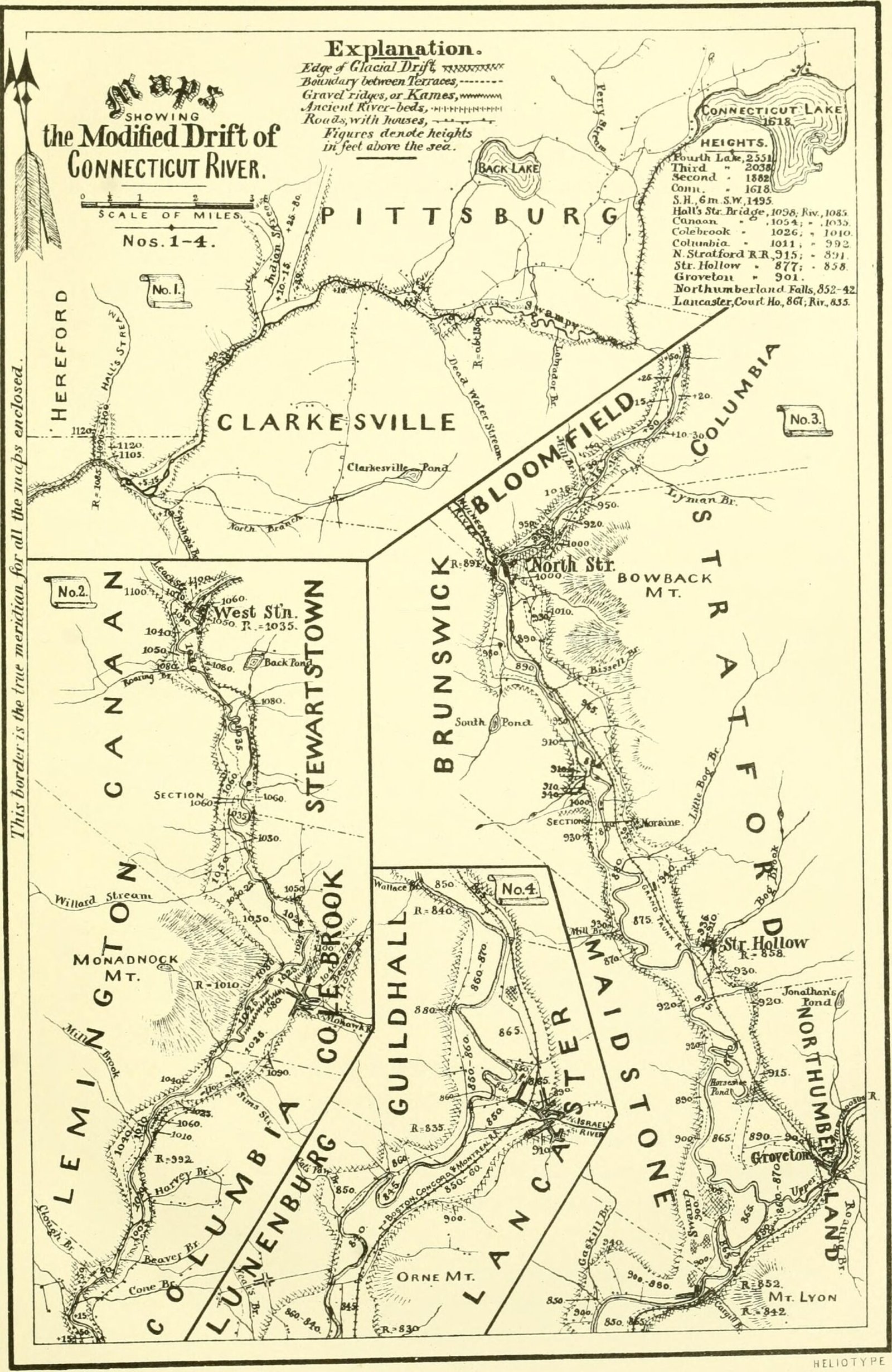
Modern scientists have scoured the region for evidence of the catastrophic floods described in the epic. Sediment layers, fossilized plants, and ancient riverbeds all hint at real events that could have inspired the myth. Massive flooding in the Euphrates and Tigris valleys would have been devastating—enough to feel like the end of the world to those who lived through them. While we can’t pinpoint a single “great flood,” the geological record supports the idea that Mesopotamian life was shaped by cycles of destruction and renewal. It’s a rare moment where science and myth shake hands across the millennia.
The Epic’s Influence on Literature and Culture
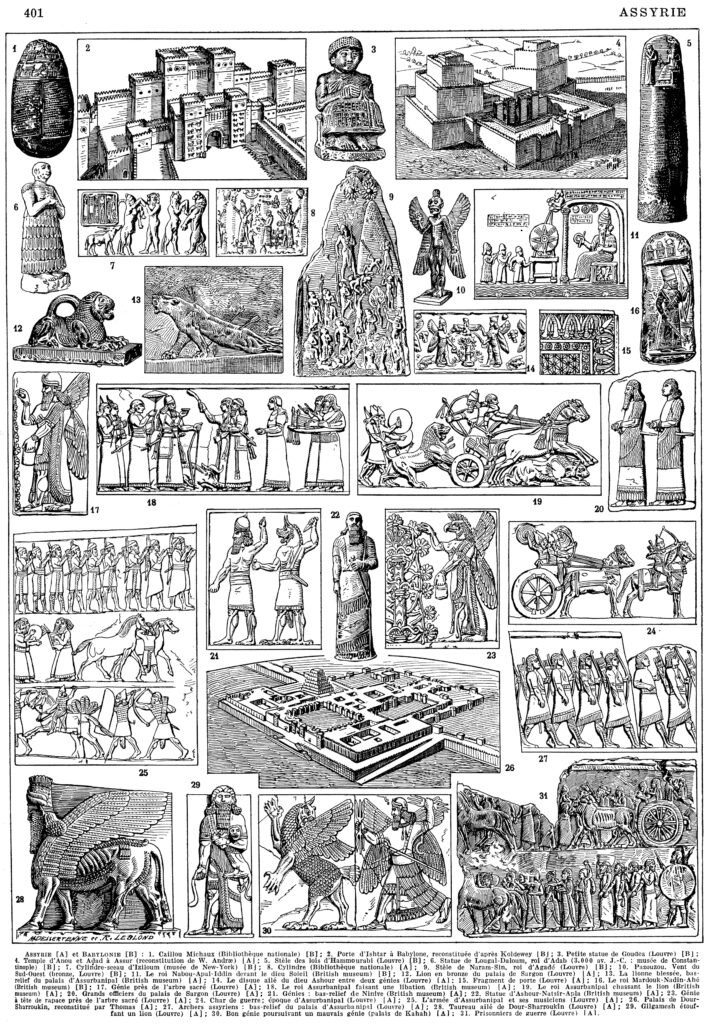
The impact of the Epic of Gilgamesh extends far beyond ancient Mesopotamia. Its stories, themes, and archetypes have woven themselves into the fabric of world literature. You can see echoes of Gilgamesh in Homer’s Odyssey, in Dante’s Divine Comedy, and even in modern films and novels. The flood narrative, in particular, has shaped countless myths and religious texts. The raw emotion and grand scope of the epic continue to inspire writers, artists, and thinkers, proving that the human need for storytelling is as old as civilization itself.
Rediscovering Gilgamesh: A Modern Archaeological Triumph
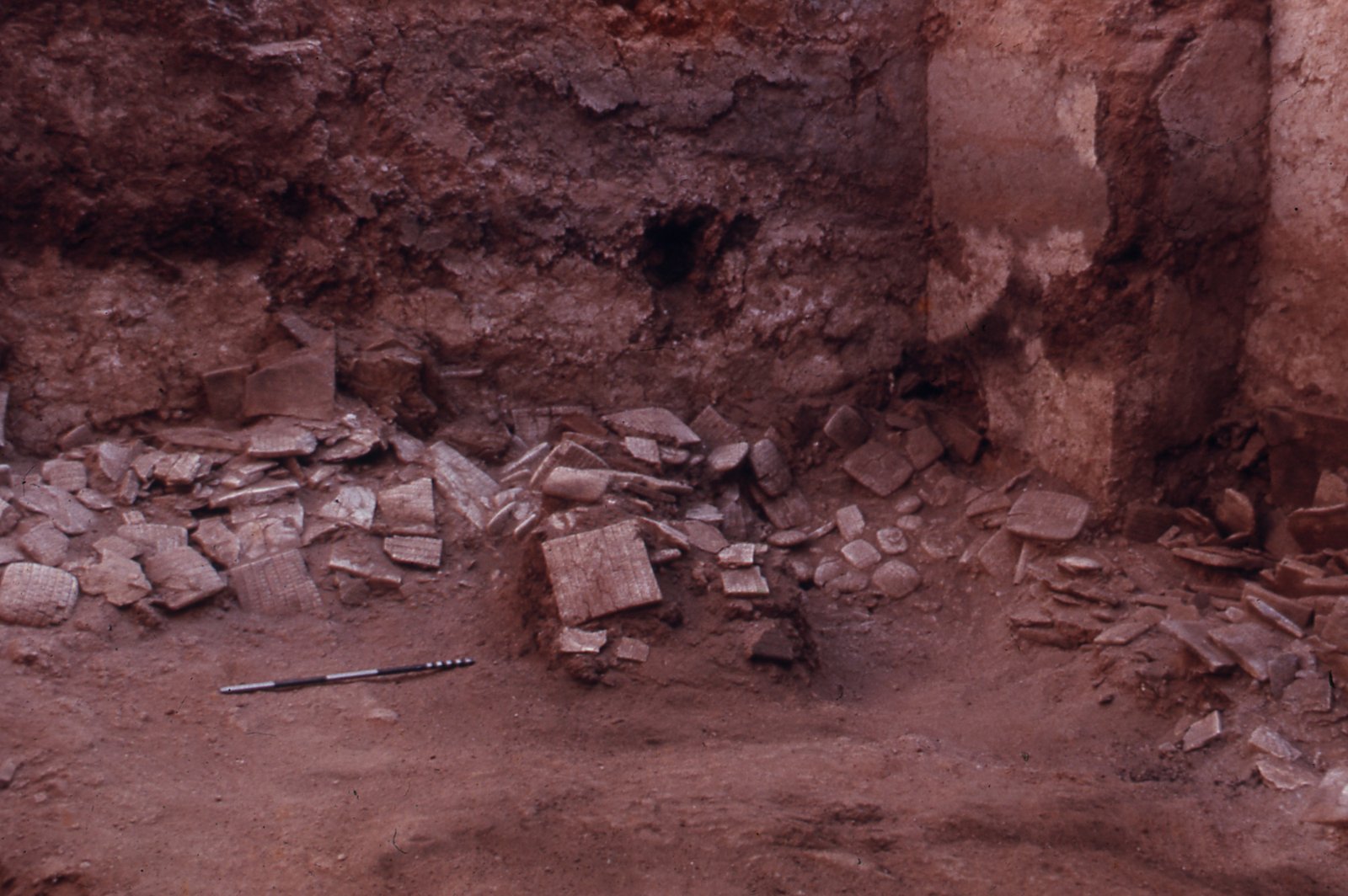
For centuries, the Epic of Gilgamesh was lost—its tablets buried beneath the ruins of forgotten cities. When archaeologists uncovered them in the 1800s, the world was stunned. Suddenly, we had a glimpse into the minds of people who lived thousands of years ago, grappling with the same fears and hopes we still have. The painstaking work of translating and piecing together the tablets continues today, revealing new layers to the epic with each discovery. It’s a thrilling reminder that history is never truly finished, and that even the oldest stories can surprise us.
Lessons in Leadership and Humanity
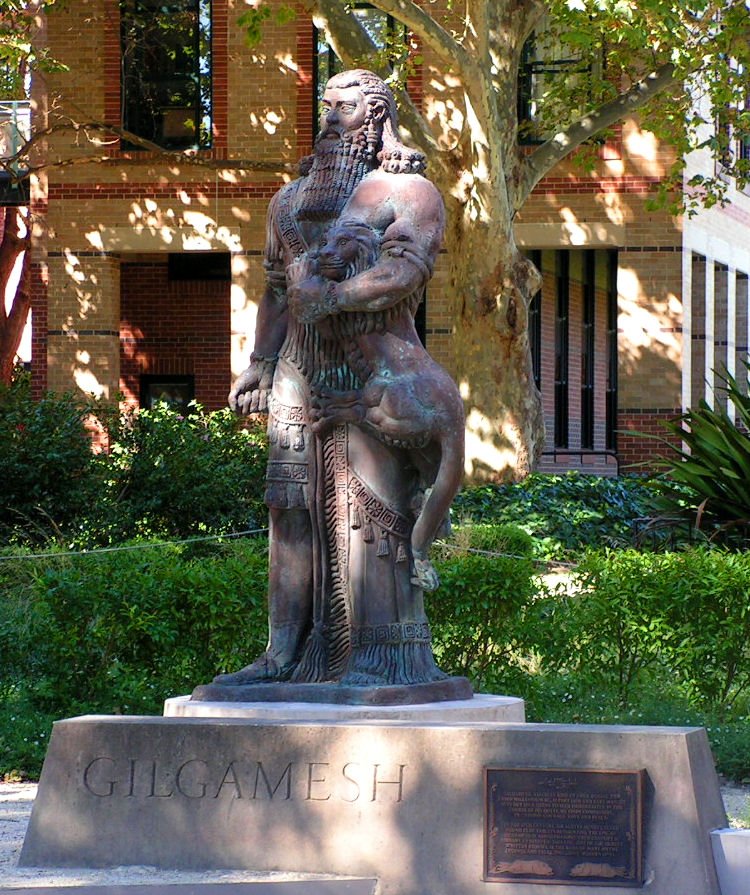
Gilgamesh’s journey is not just about heroics—it’s a lesson in leadership and self-discovery. As king, he starts as a harsh ruler, feared more than loved. But through his adventures and losses, he learns empathy, humility, and the weight of responsibility. The epic suggests that true greatness doesn’t come from power alone, but from understanding and caring for others. In a world where leaders often seem out of touch, Gilgamesh’s transformation feels both ancient and urgently modern.
Women of the Epic: Wisdom, Power, and Influence
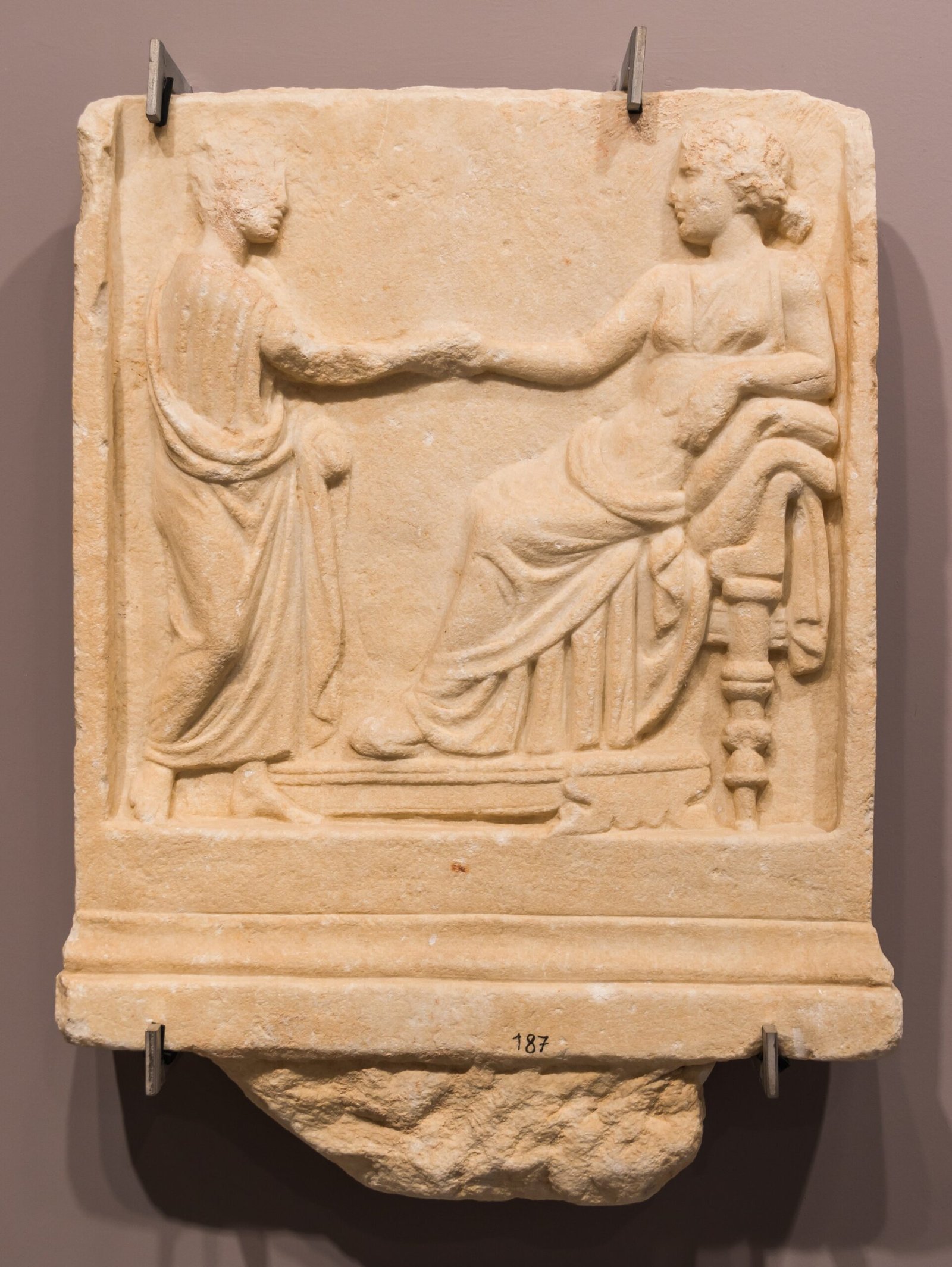
Women play pivotal roles in the Epic of Gilgamesh, often driving the plot in unexpected ways. Shamhat, the temple prostitute, civilizes Enkidu and brings him into the human world. Ishtar’s boldness and fury propel key events, while the wise tavern keeper Siduri offers Gilgamesh crucial advice on his quest. These women are not mere background characters—they’re forces of change, embodying both compassion and strength. Their presence reminds us that ancient narratives can be as nuanced and surprising as any modern story.
The Enduring Mystery: Why Does the Epic Still Matter?
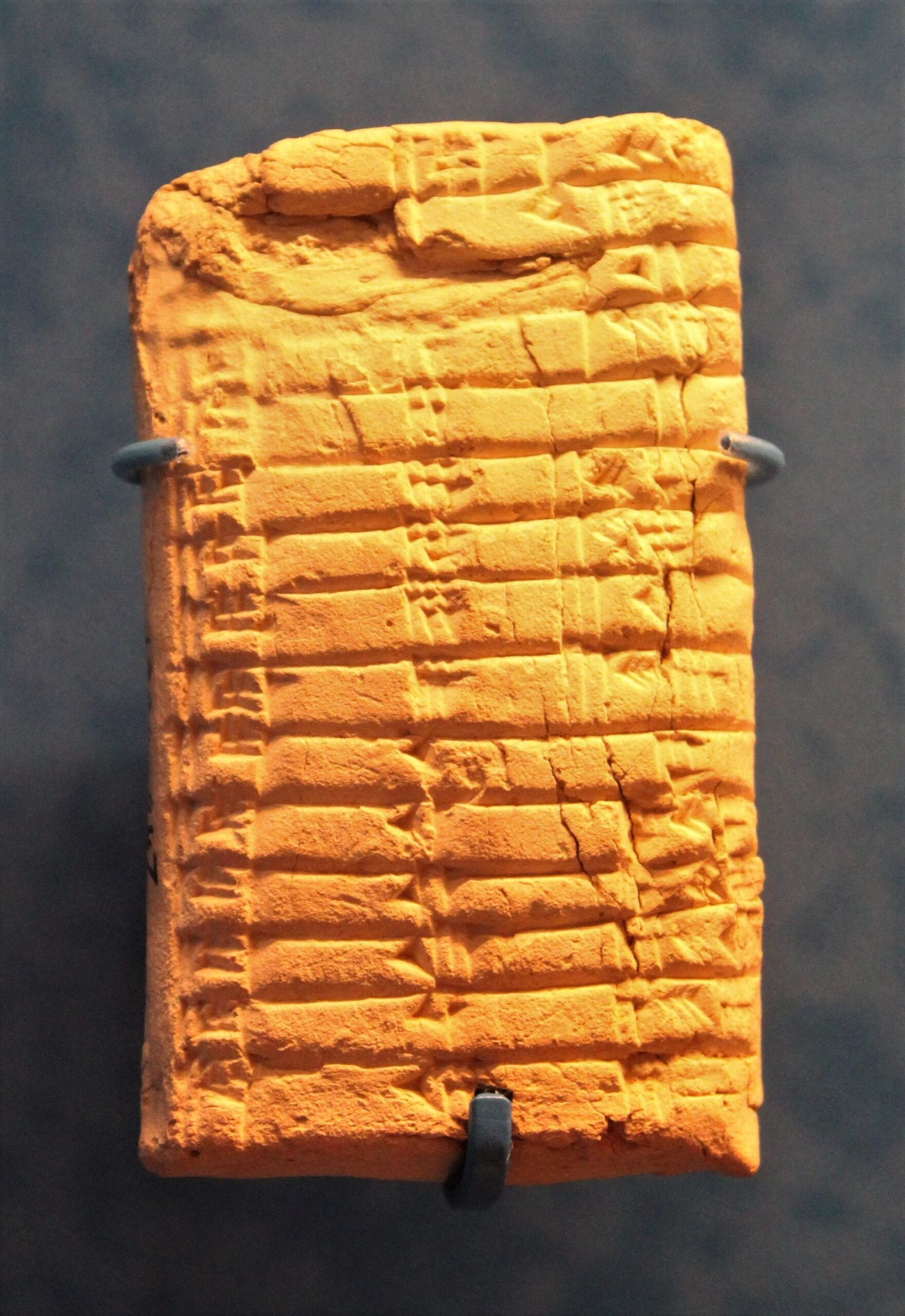
What is it about the Epic of Gilgamesh that keeps us returning, generation after generation? Maybe it’s the raw honesty of its questions: Why do we die? How do we find meaning? Or perhaps it’s the grandeur of its adventure, the thrill of watching gods and mortals clash on the stage of history. The epic refuses to offer easy answers, instead inviting us to wrestle with its mysteries. In a way, reading Gilgamesh is like looking into a mirror—seeing ourselves reflected in the struggles of a king who lived thousands of years ago.
Cultural Memory: The Flood Story as a Bridge Through Time
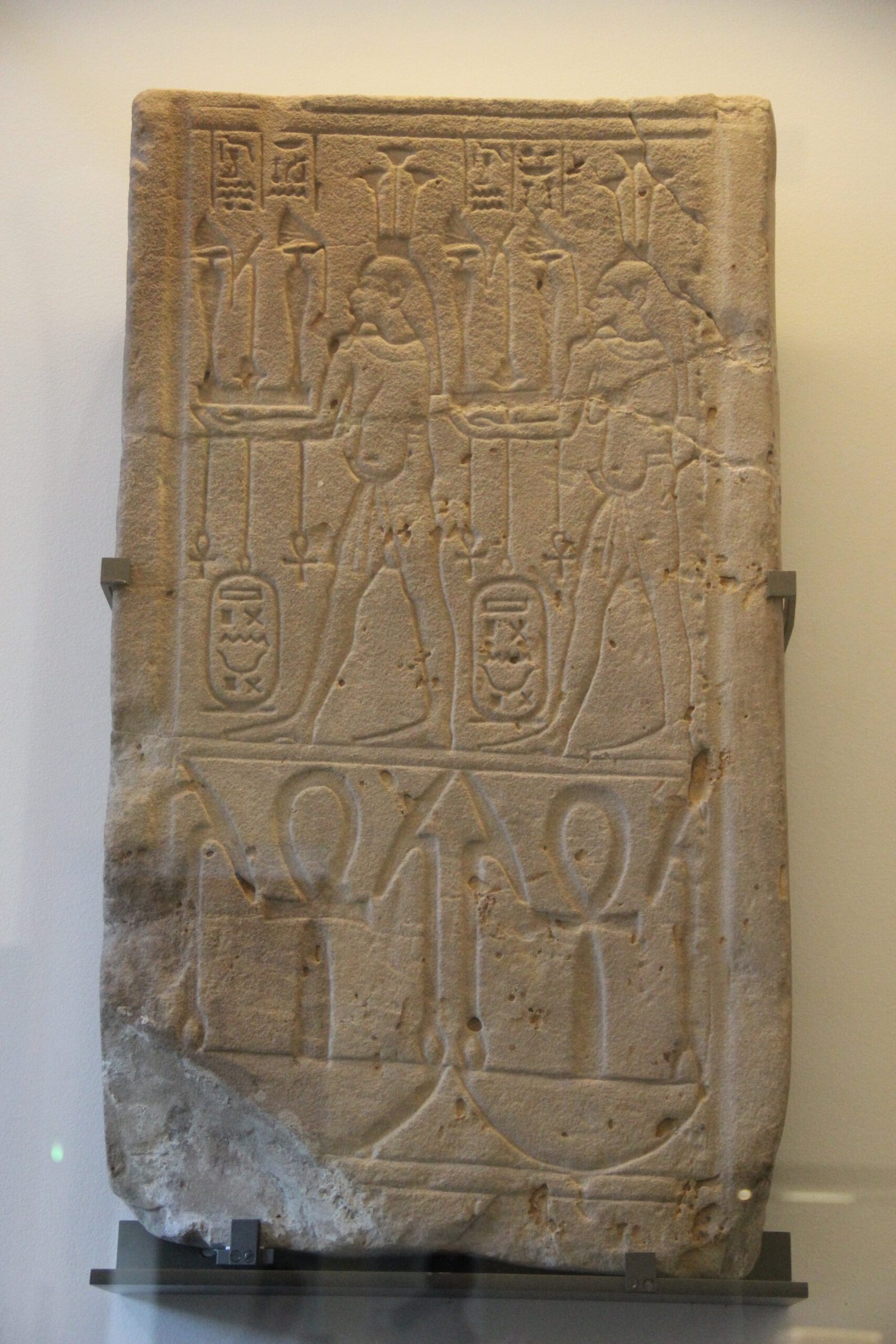
The flood tale in Gilgamesh acts as a bridge, connecting ancient Mesopotamia to our modern world. It’s a story retold in countless forms, from whispered legends to sacred scriptures. Every retelling adds new details, reflecting the hopes and fears of each generation. This ongoing dialogue between past and present is what keeps the epic alive, a living testament to the power of memory and imagination.
A Call to Wonder: What Will You Remember?
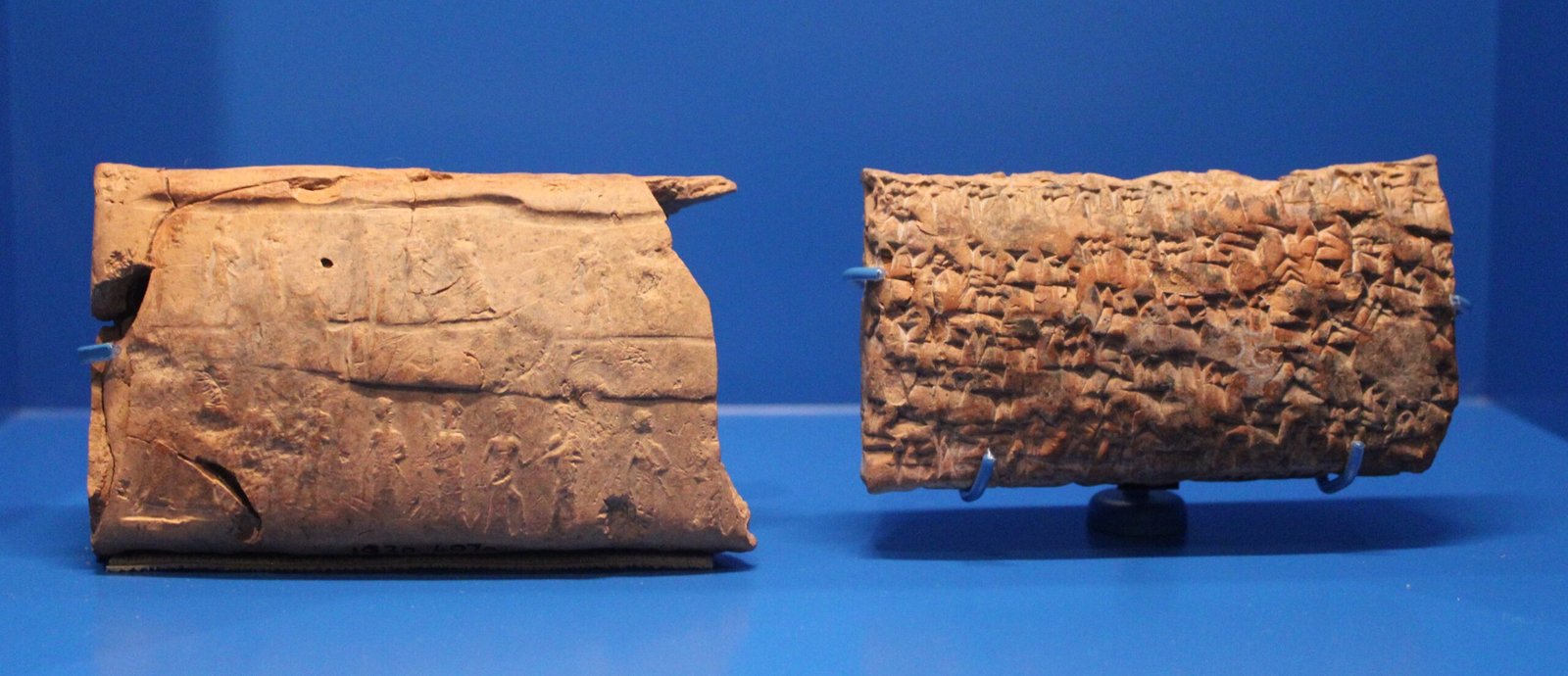
The Epic of Gilgamesh is more than just a story; it’s a window into our shared humanity. It asks us to remember the fragility of life, the power of friendship, and the enduring pull of the unknown. As you think about the flood, the hero, and the journey, what echoes do you hear in your own life? What stories will you pass on when the floodwaters of memory recede?




